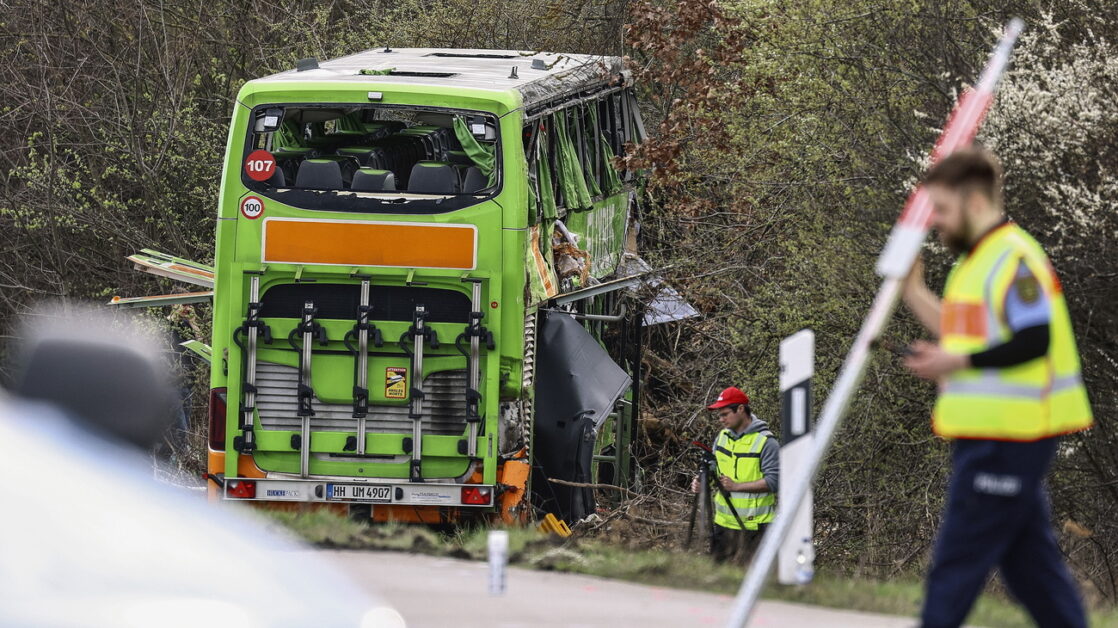Tue, Apr 30th 2024
Italian bus driver to face trial for a 2018 crash in Zurich that resulted in two fatalities and multiple injuries due to alleged irresponsible driving.

The Zurich public prosecutor’s office has classified the driving style of an Italian driver as “completely irresponsible”: If he had been driving at an appropriate speed on the icy Sihlhochstrasse in December 2018, he could have prevented the accident that left two people dead and many injured.
The now 62-year-old must therefore stand trial before the Zurich District Court on May 29. The public prosecutor’s office is accusing the driver of multiple counts of involuntary manslaughter and assault as well as negligent and gross violation of traffic regulations.
They are requesting a prison sentence of two years, which is to be imposed conditionally in favour of a probationary period of two years.
The Flixbus had an accident on the A3W highway in the city of Zurich shortly after four o’clock in the morning on December 16, 2018. The driver did not take the exit ramp down to Sihlhölzli at the end of the two-lane Sihlhochstrasse, which ends more than ten meters above the Sihl – instead, he drove into the freeway stub and crashed into the concrete wall at its end.
One passenger was thrown from the bus; she fell into the Sihl, where she drowned unconscious. The second driver, who was resting on a seat to the right of the driver, was trapped and so badly injured that he died two weeks later from an infection after having both legs amputated. 42 passengers suffered injuries, only five passengers escaped unharmed.
According to the public prosecutor’s indictment, the cause of the accident was clearly excessive speeding. According to the indictment, the speed limit on the well-lit elevated road was 60 km/h. In view of the snow and ice, 40 km/h for cars and 30 km/h for buses would have been appropriate.
The driver was driving his bus at 68 km/h when he braked for the first time 136 meters from the scene of the collision, according to the indictment. After accelerating briefly, he then initiated emergency braking 42 meters from the concrete wall. Too late – at 48 km/h, the vehicle crashed head-on into the barrier.
The accident – and the death of two people – could have been prevented, according to the prosecution: If the driver had not let go of the brakes the first time, the bus would have come to a standstill 38 meters from the wall despite the excessive speed.
The public prosecutor’s office sees two possibilities for the fact that the driver did not take the off-ramp and hit the stump: Either he was inattentive or overwhelmed by the situation.
Thus, the Italian had at best “had to concentrate too much on not losing control of his vehicle due to the speed at which he was driving, which was at the limit of his ability to control the vehicle”. He was therefore unable to concentrate on the road ahead and react adequately.
©Keystone/SDA
